Predictions for business aviation in 2017
2016 was a year when PrivateFly flew more customers, to more places, than ever before.
It’s been an action-packed twelve months, from opening our first office in the USA in January; to being named the UK’s 4th fastest-growing SME for overseas sales in May; to reaching one million flight searches on our website by November. Yes – that’s over a million online searches this year, the number of times our bespoke software returned instant prices. This is 261% up from our search numbers in 2013 and an average growth rate of 53% over 3 years.
PrivateFly is well-placed to help today’s private jet customer, who is looking for more transparency and fair pricing, all wrapped up with a rapid, high-touch service. A number of new business models are experimenting in our sector, but we continued to lead innovation this year.
We’re looking forward to doing so again in 2017. It’s going to be an exciting time for our business, with a big project in the pipeline for the first half of the year – watch this space for more details.
But what can we look forward to in our wider industry in 2017? Here are some of my predictions for business aviation in 2017.
1. Rise of the (single-engine) turboprop
In January 2017, a number of the most popular single engine turboprop (SETP) aircraft are set to be approved for commercial private charter in Europe.
The Pilatus PC-12, Daher TBM 900 and Grand Caravan are all poised to be authorised to operate via IFR (Instrument Flight Rules), by EASA and the UK’s CAA.
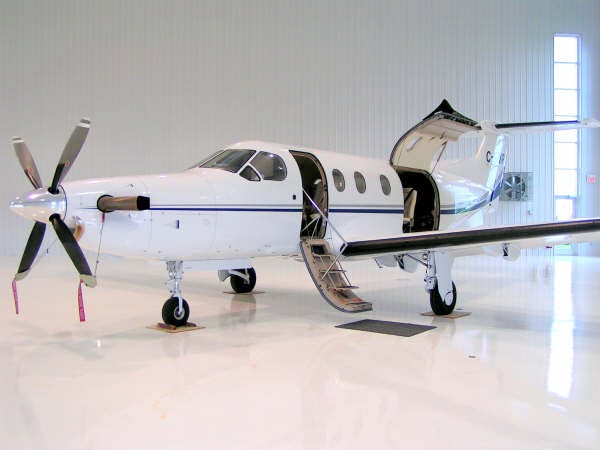
There are a number of logistical challenges, including additional paperwork, pilot training and retention, and additional infrastructure required at smaller airports. But the potential for SETPs to shake up the entry level market in business aviation is very exciting. Aircraft like the PC-12 combine high desirability with low operating costs, so will be a very attractive and lower-priced charter alternative to light jets – as they already are in the US.
These aircraft are perfect for air taxi style operations, for flights of up to 1.5 hours – for which there is significant demand. And with Cessna’s Denali due to join the party in 2018, it’s clear that this is a market segment ready to take off.
2. Further industry consolidation amongst operators & FBOs
Europe still has a very fragmented market when it comes to private aircraft operators with over 1500 operators holding an AOC (Aircraft Operator’s Certificate), but 95% of them with a fleet size of less than 10 aircraft.
Over the past few years we have seen a number of charter operators consolidating and merging – including Gama Aviation with Hangar8, and LEA with Luxaviation – who then went on to join forces with ExecuJet. Operators with more than 7 aircraft in their fleet are more commercially viable in today’s challenging business environment.
Most recently, two months ago the UK air taxi operator Blink merged with their French rival Wijet, taking them to a combined fleet size of 15 4-seater Citation Mustangs. This means they will be able to price themselves attractively against rivals, including the other leading Mustang operator GlobeAir, which has a similar size fleet.

In 2016, we saw the FBO giants Signature and Landmark become one. In 2017, this precedent will force individual FBOs and smaller chains to look towards M&A opportunities. We will also see aircraft operators diversify to acquire key FBOs for their areas of operation.
I think 2017 will see more ripples in this merger wave. Scale, turnaround and utilisation of assets are becoming absolutely essential.
3. A holding pattern for new aircraft deliveries
From a peak of 1,317 in 2008, business jet manufacturers delivered just 718 aircraft in 2015. The whole year 2016 delivery numbers are forecast to be -6% and we’re expecting this downward trend to continue in 2017.
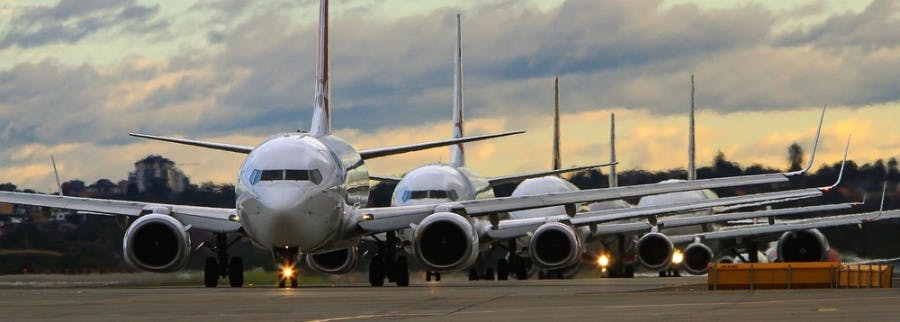
The 2008 recession has had a significant impact on business aviation and deliveries of new private jets are struggling to take off again. While OEMs are looking to create any market advantage, and any new product niche, that they possibly can, the overall trend for new aircraft sales is unlikely to take off again for the next year or two.
But at the same time, this increased price-sensitivity has been a catalyst for other private jet travel options. The used market for private aircraft is strong and, with outright ownership less and less appealing, the cost-effectiveness of charter is gaining in popularity – with new models emerge making it more accessible.
And although fewer new aircraft are coming in at the top of the charter supply funnel, there is still potential for higher utilisation of existing aircraft within the charter fleet.
4. Continued demand polarisation by jet size
Another trend that’s set to continue in 2017 is polarisation of demand, at each end of the size spectrum.
At the small end, entry-level light jets and turboprops have witnessed sustained charter demand, gaining from both new entrants and those downsizing from mid-sized jets. And ultra long range and VIP airliners are also remaining in demand, with Europe’s growing population of Ultra-High Net Worth Individuals.
The middle of the market has been finding it hardest to bounce back since the recession, and we expect this will continue to be the case in 2017.
5. Geopolitical uncertainty will require agility
It’s been a turbulent year politically-speaking and the business impact of a Trump presidency, Brexit and more are still to be felt. There are many opinions out there, but at this stage it’s unclear what the fallout will be.
At the recent Corporate Jet Investor conference in Miami, a poll revealed that the majority of our industry think Trump will be good for the business aviation industry in the US. But confidence in polls is somewhat lower these days, so that remains to be seen!
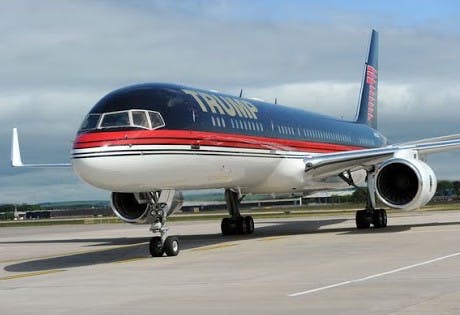
What is clear is that it will be the companies that stay agile and can react quickly to geopolitical change that will be ride out the storm. Both the industries that use business aviation for their travel, and for business aviation companies themselves.
6. Remote destinations & bespoke travel will grow in appeal
There is a growing demand for travel to remote and far-flung locations, and for exclusive-use travel experiences. These are two clear travel industry trends, indicated by Virtuouso’s recent Luxe report. The new Blink service from one of our travel agency partners, Black Tomato, which promises to create the most personalised luxury travel experience imaginable.

This is good news for private aviation, which is well-placed to meet this brief. So I think we’ll see growth in leisure demand to hard-to-reach places in 2017.
7. More change in the profile & behaviour of the private jet customer
At PrivateFly we see demand from some of the traditional sectors and clients that use private jets – the finance industry; oil and gas, sports & entertainment…and from high net worth individuals for leisure travel.
But there is a shift and we are now just as likely to fly clients who work in scientific recruitment, or manufacture brake fluids, and from tech entrepreneurs booking their own travel from their mobile, rather than through a PA using a desktop. And in leisure, from the special occasion traveller and those who are looking for something more than today’s congested airline experience.
New players in private charter like PrivateFly are now gaining a matured understanding of what the customer wants – an integrated, multi-channel offering that allows them to secure the best prices, take-off fast, and have expert advice at their disposal 24/7. We’ll keep listening to those changing demands, and analysing private jet customer behaviour, in 2017.
8. Increased take up of accreditation programs
Argus and Wyvern are the primary accreditation programs that evaluate charter operators and their aircraft. As PrivateFly grows in the US, we’ve seen how important these voluntary benchmarks of safety and quality are to the US private jet customer.

Brokers are also becoming more regulated and currently only a handful have achieved the new ARGUS Certified Broker status so far, including PrivateFly (we were the second in Europe and first in the UK). This is a regulatory certification which affirms a broker’s commitment to air charter safety and best practices over a long period of time.
European customers have a lower awareness of accreditation in business aviation, but I think we’ll see this change in 2017. These programs which will become essential to commercial success.
9. Ultra long range will take over
Some of the most popular long business jets in the charter market still require a fuel stop on longer journeys – Gulfstream’s popular GIV family for example, which offers good availability and price.
But I think 2017 will see a move towards private jet customers wanting to fly from the US West Coast to Europe faster, and without a fuel stop. On the existing charter market, we’re likely to see the GV family overtake the GIV for this reason.
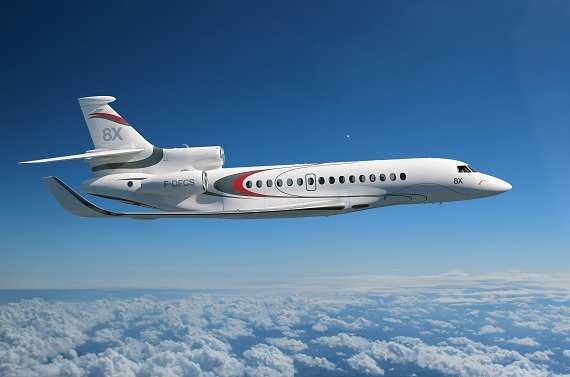
And new aircraft are also moving in this direction. While Gulfstream’s ultra long range G650ER grabs the headline, rival Dassault’s Falcon 8X will become available for charter in 2017, and comes close with a maximum range of 6450nm.
10. Clearer definition of private jet travel models
There’s currently a lot of experimentation taking place with business models in our industry. In particular, we’ve seen a lot of media attention given to private jet shuttle or sharing services, which promise a ‘private jet’ experience, but on fixed routes and pre-defined schedules.
This is opening up the customer base for the whole charter industry, so it’s great to see this innovation taking place. But what I do think we need – and will see – in 2017 is clearer definition of the growing sub-categories within private jet travel.
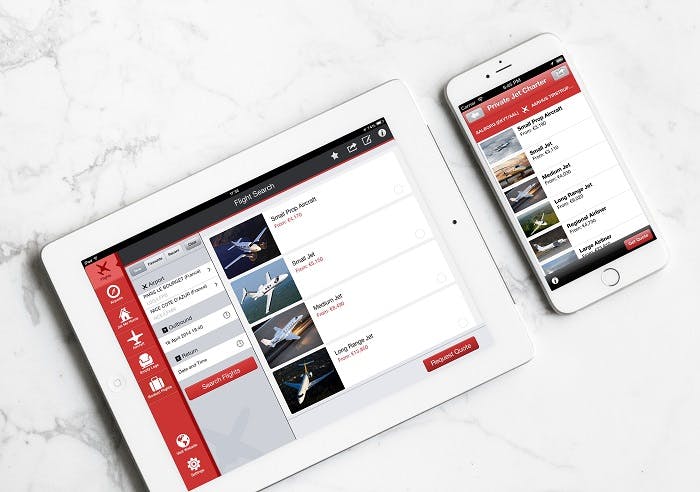
Some models are a lifestyle membership service with an annual fee, and work much like a gym membership model – dependent on low take up of flights from lots of members, as there isn’t enough inventory for them all to fly regularly. So this can result in availability issues and not meeting customer expectations.
Ad hoc private charter – the sub-sector we operate in – is very different. The price point may be higher, but it’s a truly private experience, with higher service levels, no availability issues and a totally flexible schedule.
A ‘private jet’ comes with a set of customer expectations about service and delivery. So we need to make sure customers understand what they’re getting.
Wherever and whenever you’re flying in 2017, our Flight Team are ready and waiting to help. Contact us or call +44 1747 642 777 (24 hours).
Related content

Do all private jets have Wi-Fi?

5 reasons why the USA leads the world in business aviation



